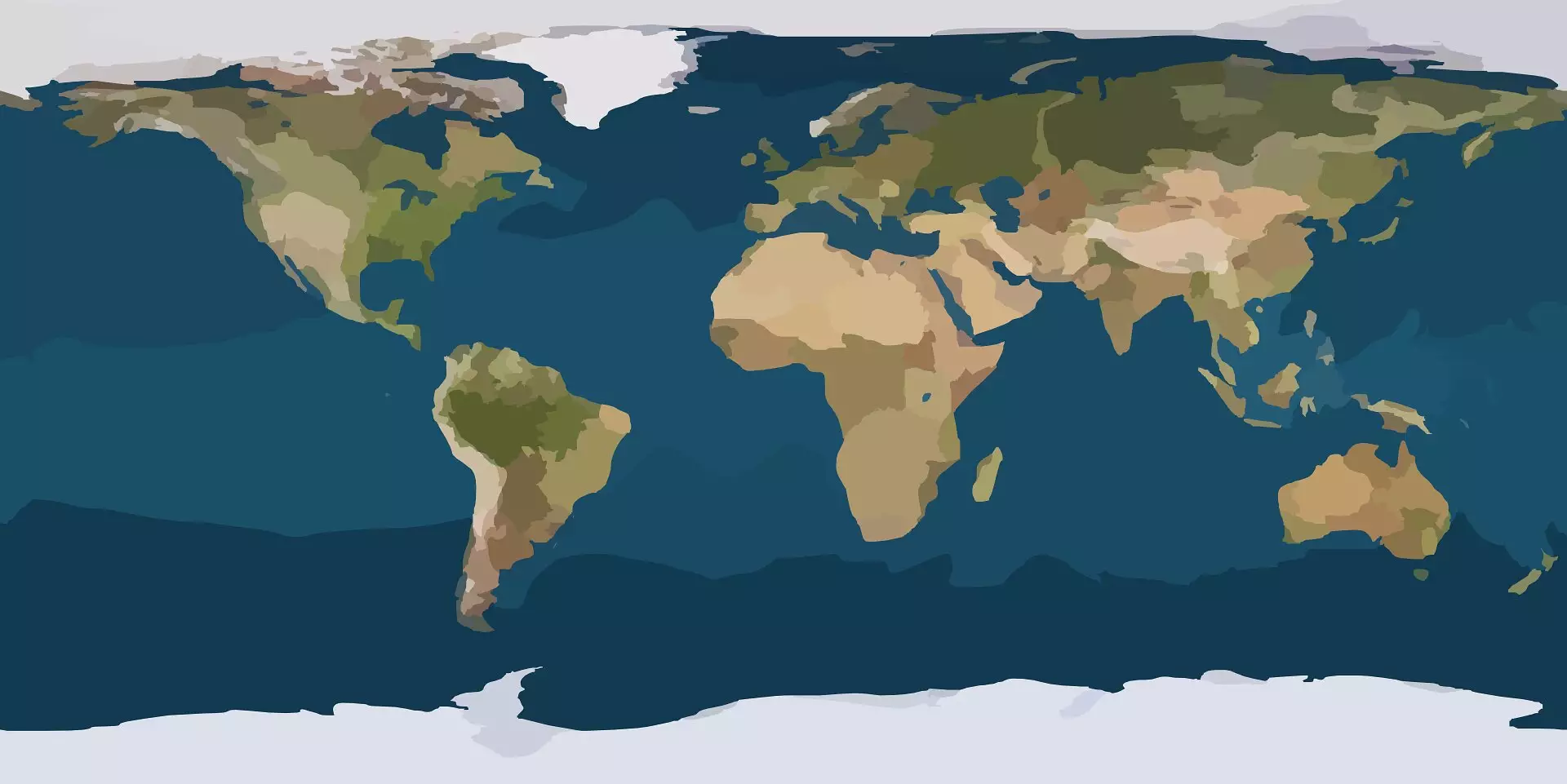In the vast expanse of the southwestern Pacific Ocean, a remarkable discovery sheds light on the dynamic interaction between our oceans and atmosphere. Scientists have identified a previously unknown climate pattern that holds the potential to influence weather and climate across the entire Southern Hemisphere. Known as the “Southern Hemisphere Circumpolar Wavenumber-4 Pattern,” this phenomenon, akin to the more recognized El Niño, originates in mid-latitude locales rather than the tropics, revealing a crucial aspect of our planet’s climate system that has long eluded attention.
The Mechanics of the New Climate Pattern
Research led by Balaji Senapati at the University of Reading uses advanced climate modeling to simulate an impressive 300 years of climatic data. Through this rigorous analysis, researchers have detected significant patterns in sea surface temperature variations circling the Southern Hemisphere. The intriguing aspect of this new climate phenomenon is its ability to initiate a global reaction. The pattern manifests itself through four alternating regions of warmth and coolness, creating a circular movement that influences atmospheric conditions.
The ripple effect sparked by changes in ocean temperature near Australia and New Zealand can be likened to a stone cast into a placid lake, producing waves that alter the entire surface. As strong westerly winds carry this atmospheric wave around the Southern Hemisphere, the interaction between oceanic heat distribution and changes in atmospheric pressure paves the way for extreme weather events. The correlation established between the surface temperature shifts and atmospheric changes opens new avenues for understanding and predicting climate variability.
Why This Discovery Matters
The significance of identifying the Southern Hemisphere Circumpolar Wavenumber-4 Pattern cannot be overstated. It introduces a paradigm shift in climate science, illuminating an area previously considered relatively unimportant. By establishing that a small section of the ocean can trigger systemic changes throughout the Southern Hemisphere, this study allows for more nuanced forecasting techniques. It offers hope for more effective weather prediction models, particularly in the context of extreme weather events that wreak havoc on communities worldwide.
Additionally, the phenomenon operates independently of the well-documented El Niño and La Niña patterns, indicating that it is an intrinsic element of Earth’s climate system. The validation of its existence suggests that understanding this pattern could rewrite our current approaches in climate prediction and management. It emphasizes the need to broaden our focus beyond familiar climate drivers, encouraging scientists and policymakers alike to consider new factors in the broader context of climate change.
Challenges and Considerations
While the implications of this new climate pattern promise to enhance predictive capabilities, challenges remain. The intricate feedback mechanisms between oceanic temperatures, atmospheric conditions, and the influence of external factors such as greenhouse gas emissions complicate the forecasting landscape. Moreover, the uniqueness of this pattern requires comprehensive research to ascertain its long-term behaviors, interactions with existing weather phenomena, and how it might evolve in an era of climate change.
A cautious approach is warranted in interpreting the findings, as the complexity of climate systems often leads to unintended consequences. For instance, the interaction between the Southern Hemisphere Circumpolar Wavenumber-4 Pattern and the ongoing warming of the planet could yield unpredictable outcomes. Without careful monitoring and additional research, these discoveries could be a double-edged sword, presenting opportunities alongside new risks.
The Future of Climate Science
With the unveiling of the Southern Hemisphere Circumpolar Wavenumber-4 Pattern, we stand at the precipice of a new era in climate science. This fresh perspective encourages not only a reevaluation of existing theories but also a more holistic approach to understanding our planet’s climate systems. Broadening the scope of research to include lesser-known patterns could be key to unlocking vital information about weather phenomena and potential climate impacts.
As we deepen our understanding, it becomes increasingly clear that the ocean is not merely a backdrop to weather patterns but a dynamic player, intricately linked to the atmosphere in a dance that shapes the very fabric of our climate. Embracing these revelations offers a pathway to better predict and perhaps mitigate the dire consequences of climate change, firmly rooting the importance of oceanic research in the heart of climate inquiry.


Leave a Reply